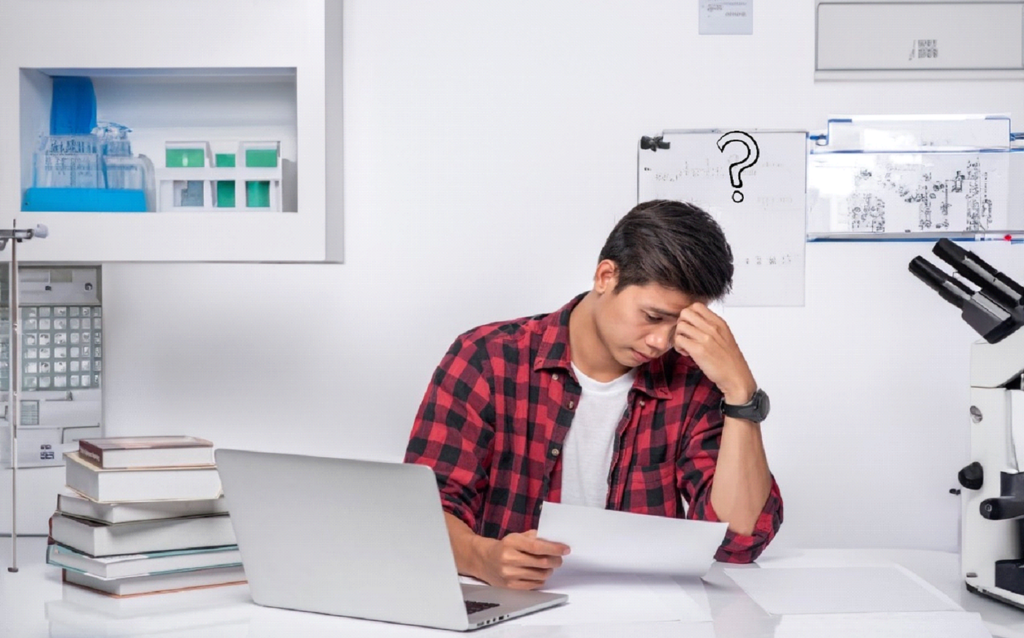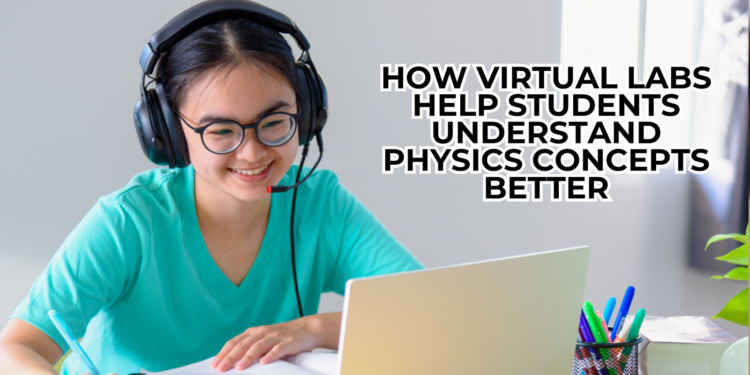Physics often intimidates students with its complex theories and abstract concepts. Traditional classroom learning, while valuable, sometimes falls short in providing hands-on experiences that make these concepts more tangible and relatable. Virtual labs offer interactive simulations that bring textbook theories to life, allowing students to experiment and explore physics principles in real time. This article discusses how virtual physics laboratories are revolutionizing the way students understand these complex ideas.
The Evolution of Physics Education
The landscape of physics education has undergone remarkable changes over the past decade. Traditional teaching methods often struggled to maintain student engagement and provide practical demonstrations of complex concepts. Students were disconnected from abstract theories, leading to decreased interest and understanding.
Modern educational technology brings fresh perspectives to physics learning. Students now experience phenomena through dynamic simulations that traditional classrooms cannot safely or cost-effectively replicate. Integrating technology into physics education creates opportunities for deeper comprehension and practical application.
Benefits of Virtual Physics Labs
Many students face challenges in understanding abstract physics concepts through traditional methods alone. Remote learning environments offer innovative solutions to bridge this knowledge gap. Students seeking additional support find that online physics tutoring provides personalized guidance while working with virtual lab simulations.
The implementation of virtual labs transforms how students interact with physics concepts. These digital environments create safe spaces for experimentation without the risk of equipment damage or personal harm. Students gain confidence through repeated practice and immediate feedback systems.
- Virtual labs allow students to visualize microscopic phenomena like electron behavior and atomic interactions that remain invisible in traditional settings. These visualizations help bridge the gap between theoretical knowledge and practical understanding.
- Students can slow down or speed up experiments to observe details that might be missed in real-time demonstrations. This control over experimental conditions enhances comprehension of cause-and-effect relationships.
- Interactive simulations enable students to manipulate variables and instantly see results, fostering a deeper understanding of physics principles through hands-on exploration.
Comparison of Learning Environments
| Feature | Traditional Labs | Virtual Labs |
| Cost | High equipment expenses | Low-cost software solutions |
| Safety | Physical safety concerns | Risk-free environment |
| Accessibility | Limited by location and time | 24/7 availability |
| Repeatability | Limited by resources | Unlimited attempts |
| Data Collection | Manual recording | Automated tracking |
Interactive Learning Experience
Digital experiments make learning physics super exciting and fun. Students can play around with virtual objects like pendulums and springs to see how they work in real-time. The colorful graphics and easy-to-use controls help make tough concepts clearer.
Physics becomes less scary when students can learn at their own speed without feeling rushed. Virtual labs let students replay experiments as many times as they need until they get it. The friendly interface guides students through each step, making them feel more confident about tackling challenging topics.
Collaborative Learning Opportunities
Students can interact with each other through virtual labs even though they need not share physical space. Students have opportunities to show their experimental results and check their notes then aid peers who struggle with difficult concepts. The online platform provides users with easy opportunities for team projects and group discussions.
Virtual lab team activities help students learn essential abilities in problem-solving and communication through their activities. Experiments and theories can be tested and designed by group members working together. The process of studying physics with fellow students creates both educational and social benefits while enhancing their capacity to work with others.

Self-Paced Learning Environment
Virtual labs provide unique learning models because every student has a way of acquiring knowledge. Virtual students exhibit diverse learning speeds, as individuals require varying amounts of time to grasp certain subject matter. Virtual labs enable students to follow their learning speed because they offer flexible educational formats.
The customized educational method reduces the nervousness and stress associated with physics education. Students may pause for breaks whenever necessary before getting back to difficult topics with a fresh perspective. The relaxed environment encourages students to explore new things while learning naturally.
Data Analysis Made Simple
Virtual labs automatically collect and organize experimental data for students. Clear graphs and charts help students identify patterns and relationships between variables. The easy-to-read displays make understanding complex physics relationships less overwhelming.
Students learn to interpret data without getting bogged down by complicated calculations. The instant feedback helps them understand what their results mean right away. This immediate understanding builds confidence in their ability to analyze scientific information.
Technology Integration Benefits
Different devices run virtual labs with smooth operations which allows physics education to happen no matter where you are located. Students can perform experiments on devices such as computers, tablets, and smartphones. Teachers experience flexibility because their students can conduct learning through the Internet both inside and outside of the classroom.
Virtual labs feature a design that simplifies their operation thus making complex technical concepts less daunting for students. Automatic system updates maintain freshness and up-to-date content in the learning process. Students enhance their digital competencies during their studies of physics concepts.
Impact on Student Performance
Student achievement receives substantial improvement through virtual physics laboratories. Student performance increases because they demonstrate better test results and maintain stronger concept understanding from using virtual lab simulations according to recent research. The interactive design of these digital platforms stimulates students to be fully involved in the learning process and learn independently.
Assessment results show that students who use virtual laboratories develop enhanced problem-solving skills. Students achieve greater exploration success because they can freely experiment without the risk of mistakes which promotes discovery. Students who keep this high confidence level achieve superior academic outcomes in physics education.
Future of Physics Education
The future of physics education lies in online learning, moving beyond traditional classroom-based methods. Virtual labs and digital platforms offer students the flexibility to conduct experiments, analyze data, and explore complex physics concepts from anywhere, without the limitations of physical lab spaces.
Schools and institutions are increasingly adopting online education, recognizing its ability to provide interactive and engaging learning experiences. This shift ensures that students can develop a deeper understanding of physics in a more accessible, cost-effective, and personalized manner, preparing them for the evolving demands of science and technology.

Conclusion
Modern science education has received major progress through virtual physics labs. The platforms present available resources and ensure safety conditions within interesting interfaces which help students understand complex physics topics. Future students will experience a revolutionary transformation in their learning of physics principles and their understanding because scientists further develop these educational instruments.
Virtual physics laboratories have proven their ability to improve science education thus showing that technology can advance learning everywhere in science education. As these platforms evolve, they will continue to play a crucial role in developing students’ understanding and appreciation of physics. This innovative approach to science education ensures that students receive comprehensive, practical knowledge that prepares them for future academic and professional challenges.
Frequently Asked Questions
Are virtual labs as effective as traditional physics laboratories?
Virtual labs can offer comparable learning outcomes by providing a hands-on approach to physics, with unlimited practice opportunities and safer environments for experimentation. However, they may lack the tactile and real-world experience of physical labs.
Do students need special equipment to access virtual physics labs?
Most virtual labs require only a computer with internet access and basic software installation to get started. This makes them accessible to a wide range of students without the need for specialized equipment.
Can virtual labs replace traditional physics education entirely?
Virtual labs are best used as supplementary tools that enhance understanding through interactive and diverse learning methods. They cannot fully replace the in-depth, real-world experiences gained from traditional physics labs.













